In the annals of Germanic mythology, doppelgängers are regarded as harbingers of misfortune and doom. In a striking parallel to our present age, marked by geopolitical tensions, escalating climate disasters, and economic instability, there has been a surge in the popularity of celebrity impersonation contests.
This peculiar trend was ignited by actor Timothée Chalamet, who, in October, unwittingly became the muse for a contest where throngs of spectators gathered at Washington Square Park to witness a throng of young men with dark hair, all vying to be crowned the unofficial mirror image of the renowned actor. Organized by YouTuber Anthony Po, the event concluded not only with several arrests and a $500 fine but also with a surprise appearance by the Oscar-nominated actor himself, adding a layer of surrealism to the proceedings.
The phenomenon quickly spread like wildfire, transcending geographical and cultural boundaries. In Ireland, men with mullets donned short Gaelic Athletic Association attire, aspiring to be the spitting image of Paul Mescal, with the modest hope of winning a €20 prize. A second contest, also dedicated to Mescal, took place in London, making him the first actor to inspire two such events. Shortly thereafter, young men adorned in blouses with bow ties and strands of pearls flocked to London’s Soho Square, aiming to be recognized as the quintessential Harry Styles doppelgänger.
Other cities saw similar contests, such as the search for Dev Patel's lookalike in San Francisco and Zayn Malik's in New York. The Jeremy Allen White competition in Chicago, held earlier this month, saw a gathering of apron-clad men, alluding to paparazzi shots of White and his character Carmy Berzatto in "The Bear." Just last week, Zendaya became the first female celebrity to inspire a viral lookalike contest in Oakland, California, while a contest for actor Glen Powell was held in Austin, Texas.
Thanks to the viral nature of social media, a new competition poster seems to go viral each week, with many offering a modest cash prize and an item related to the celebrity or their character. These contests, like a siren call to a specific demographic of online Gen Z or Millennials, spread rapidly. However, the concept of lookalike contests is actually a long-standing form of entertainment. In his memoir, Charlie Chaplin Jr. recounted that his famous father not only entered but placed third in his own lookalike competition held at Grauman’s Chinese Theater in Hollywood between 1915 and 1921. (Dolly Parton also claimed to have participated in a contest modeled after her, at a gay bar in Santa Monica decades later, but she lost). The 1930s saw Shirley Temple contests, including one in Sydney, Australia in 1934 and another at the Cleveland Food Show in 1935, where over 900 children participated. The event was so well-received that the Cleveland organizers staged three more— one for Myrna Loy, one for Alice Faye, and one for Katharine Hepburn. For the past four decades, a bar in Key West, Florida has been hosting an annual Ernest Hemingway lookalike competition.
British sociologist and celebrity cultural critic Ellis Cashmore posits that there's a reason for the resurgence of these contests in our time. "I don't think this is a remnant of the Golden Age of Hollywood," he said in a phone conversation. "I think these recent contests capture something we believe in the 21st century... That biology isn't destiny." According to Cashmore, our current society is characterized by the belief that "you can potentially do anything and be anything you want to be." "What the audience is witnessing is a transition in progress," he explained. "They know this isn't really Harry Styles on stage, but if someone who looks so much like him could even be him, you're giving someone an indication of just how adaptable and changeable we are as human beings. Humanity isn't fixed." There's also an opportunity to build a genuine community, he adds. "These lookalike contests provide us with a chance to connect and form new relationships with people we might not have known and would never have crossed paths with, and wouldn't even say hello to them in a gym, in a club, in a bar, in a supermarket, or anywhere," Cashmore continued. "But the reality is, they share a common interest, and that is celebrity."
Andy Harmer, a professional David Beckham tribute act and founder of Lookalikes, one of the UK's leading celebrity impersonator agencies, believes it's more about the fact that "humans are interested in all kinds of symmetry." Harmer, who is writing a book on the history of his unique industry, cites examples of lookalikes in nature: "Stick insects use similarity to survive. And some flowers look like bees," he said in a phone interview, referring to the bee orchid which mimics the appearance of a female bee to encourage pollination. "It's a natural thing," he stated. His career as Beckham's double hasn't always been smooth sailing, however. "When he (Beckham) got sent off against Argentina (during the 1998 World Cup) everybody knew him, but everybody hated him," Harmer said. "Me and Victoria used to get so much abuse, death threats and stuff," he said, referring to a friend of his who resembled Victoria Beckham. "It was crazy."
According to the 2020 Channel 4 documentary, "The World's Most Identical Strangers," it's estimated that one face will have at least seven doppelgänger matches. But Dr. Manel Esteller, the chairman of genetics at the University of Barcelona’s School of Medicine, points out that doppelgänger is a relative term. "The perfect ones are the real ones, the monozygotic twins (split from the same embryo) with over 90% similarity," he said over email. "From that point on you can look 85%, 80%, 75% similar to someone. The cut-off point (75% similarity) determines the number of so-called 'virtual twins' in the world." In 2022, a study in the scientific journal Cell Reports found that lookalikes with no family connection shared genetic variants. If you are genetically endowed with a striking celebrity resemblance, Harmer assures it can become a lucrative career. He has supported himself as Beckham's spitting image for 20 years, working with the man himself on advertisements and even appearing in the 2002 film "Bend it like Beckham." The star of his agency is Denise Ohnona, a Lancashire-born Kate Moss lookalike who has walked the runway for Marine Serre and Vetements at Paris Fashion Week. "She's been very popular this year," he said. "A lot of brands are realizing that lookalikes are actually great... It's quite cost-effective. You're not paying for the amount you would pay for the real one."
But is there a psychological impact of having your identity so closely tied to someone else? There doesn't have to be, Harmer says. "Treat it like fancy dress," he advises. "And don't get too wrapped up in it." And for the latest cohort of victorious lookalikes, Harmer does have one more piece of wisdom: "Contact me, because I can turn your looks into money." In an age where identity and self-expression are fluid and ever-evolving, these lookalike contests serve as a testament to the human fascination with similarity, transformation, and the power of shared interests to forge unexpected connections.
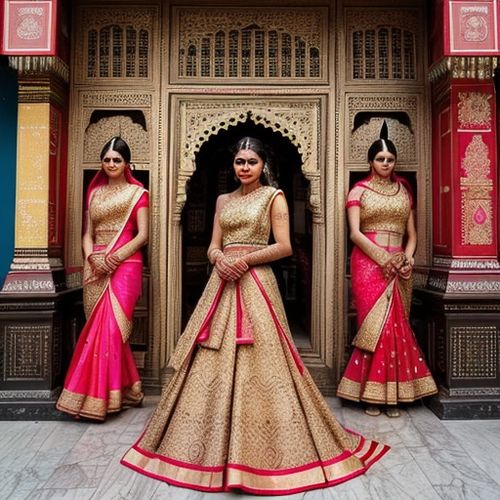
By Michael Brown/Apr 27, 2025
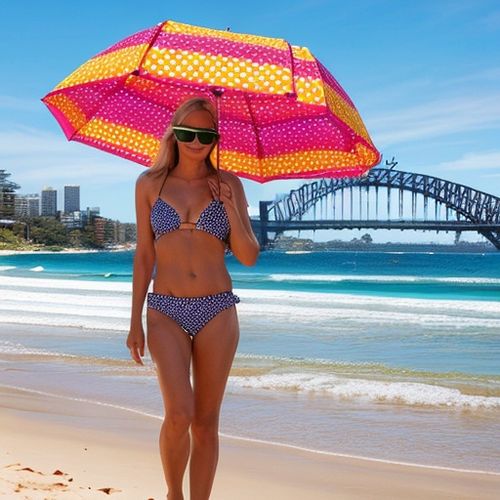
By Sophia Lewis/Apr 27, 2025
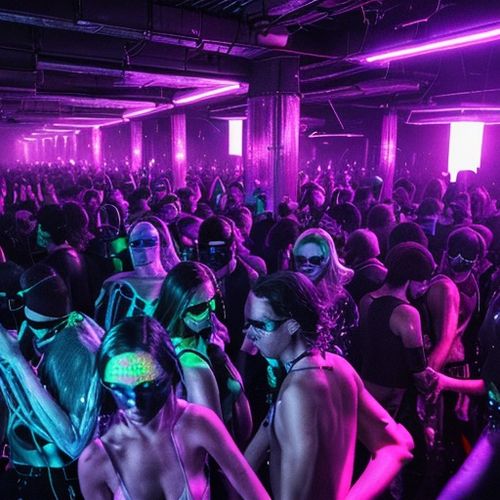
By Noah Bell/Apr 27, 2025
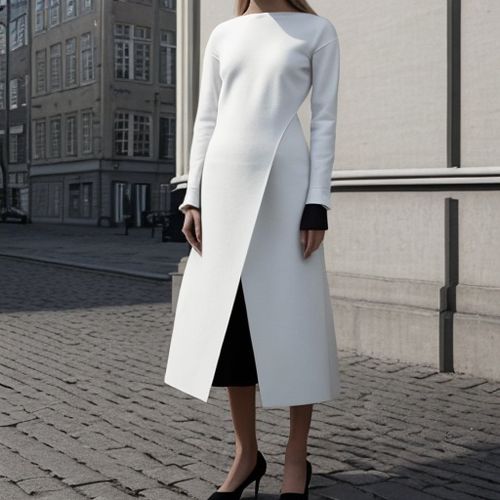
By Daniel Scott/Apr 27, 2025
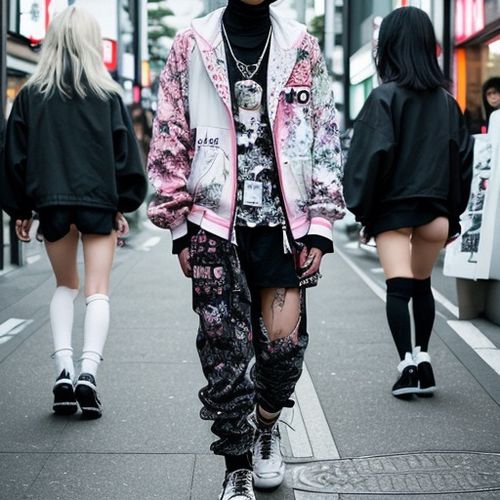
By James Moore/Apr 27, 2025
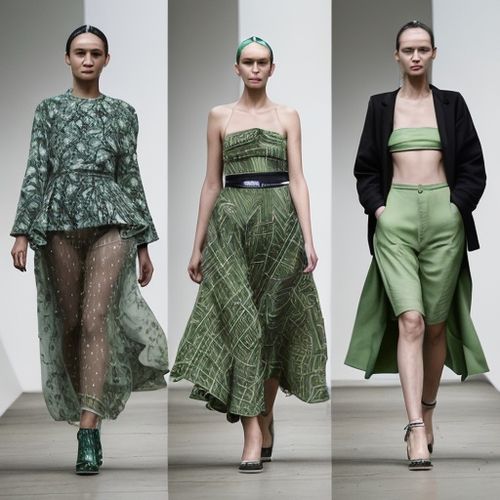
By Megan Clark/Apr 27, 2025
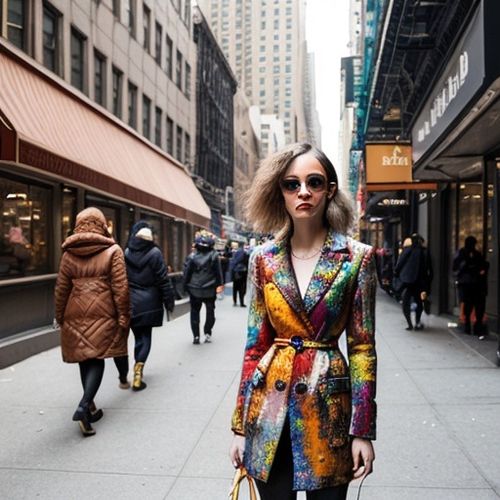
By Samuel Cooper/Apr 27, 2025
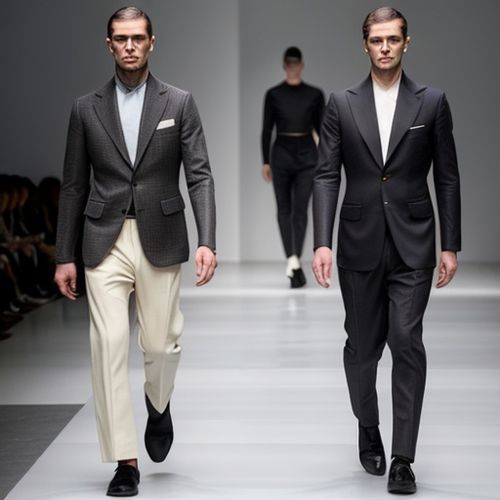
By Emily Johnson/Apr 27, 2025
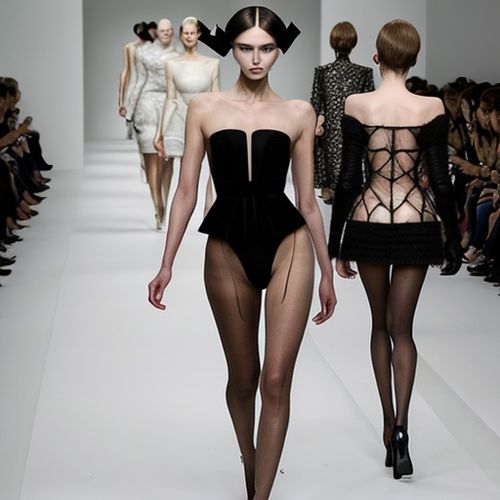
By Lily Simpson/Apr 27, 2025

By Emily Johnson/Dec 22, 2024

By Christopher Harris/Dec 22, 2024
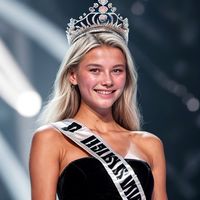
By Joshua Howard/Dec 22, 2024

By Victoria Gonzalez/Dec 22, 2024
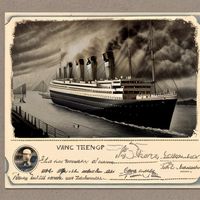
By Thomas Roberts/Dec 22, 2024
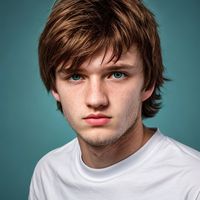
By Benjamin Evans/Dec 22, 2024